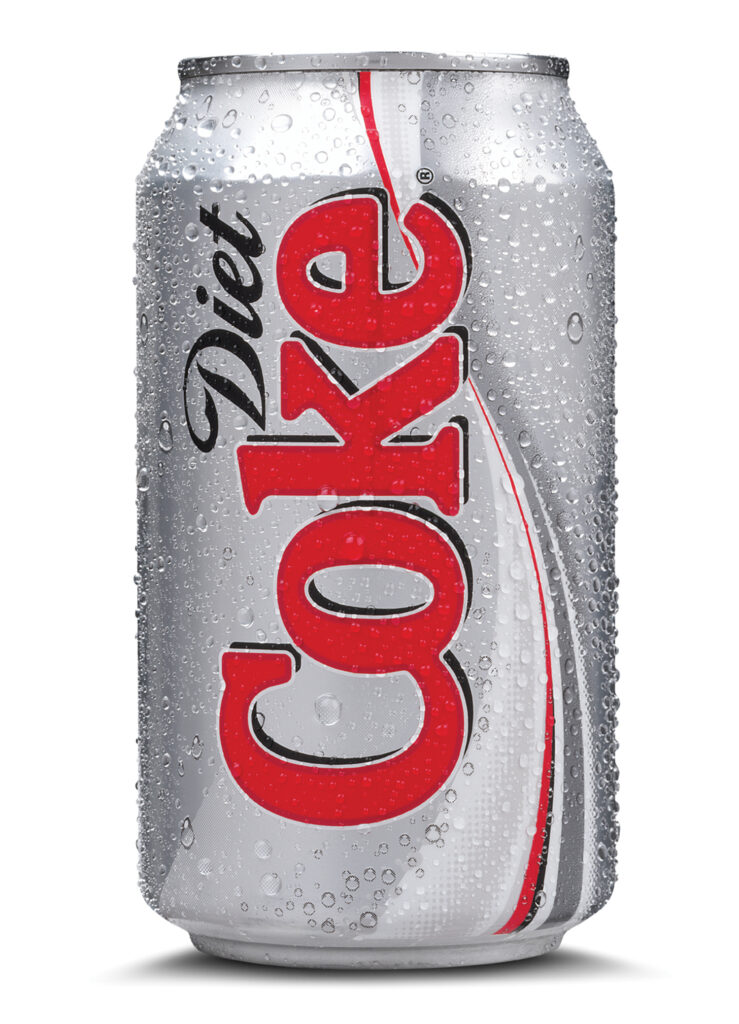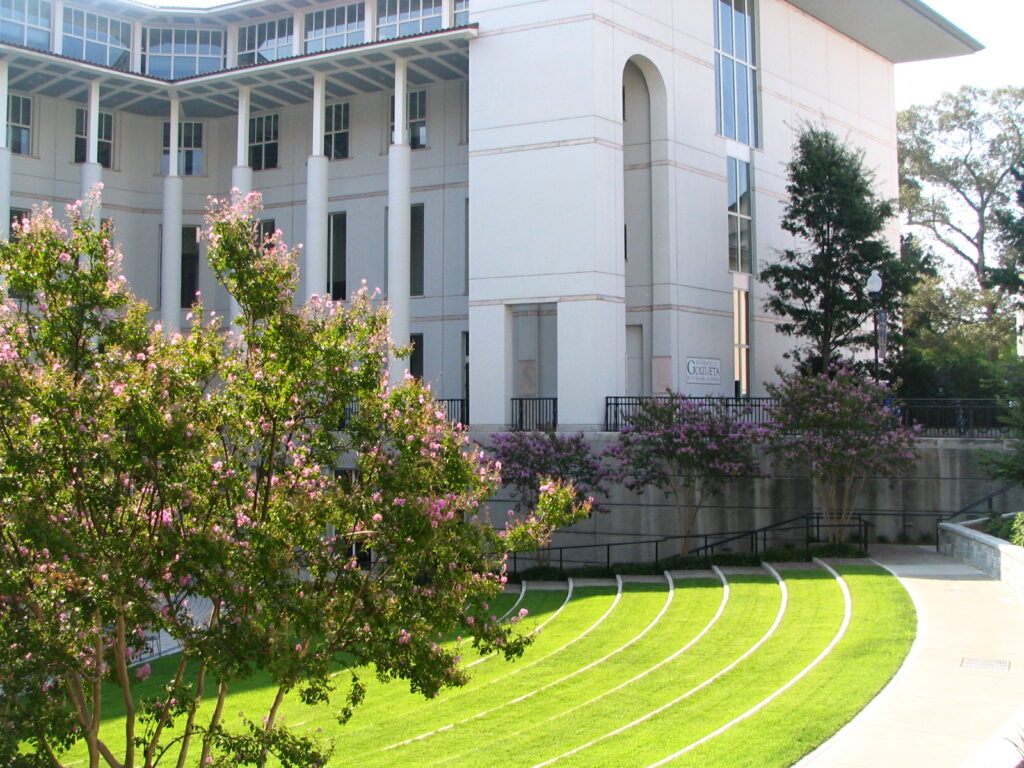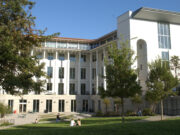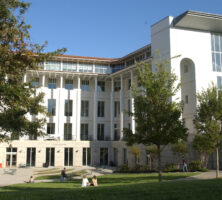Along with Asa Candler and Robert Woodruff, Roberto Goizueta stands as one of the icons of the Coca-Cola Company. From 1981 to 1997 he guided the Atlanta-based soft-drink business, which grew to become the global giant now known for its innovative sales strategies and its grip on the top spot in a highly competitive beverage market. Under Goizueta’s long stewardship, the price of stock in Coca-Cola increased 3,500 percent and the company tripled in size.
Beginnings
Roberto Crispulo Goizueta was born in Havana, Cuba, on November 18, 1931, into a wealthy family with ties to the country’s sugar industry. He attended a Jesuit school in Havana and spent a year at a preparatory school in Connecticut before enrolling in 1949 at Yale University in New Haven, Connecticut. In 1953 he graduated from Yale with a degree in chemical engineering. The same year, he married Olguita Casteleiro in one of Cuba’s most high-profile weddings, and the couple eventually had three children.
After working for his father for a year, Goizueta answered a classified advertisement in a Havana newspaper for a company seeking a bilingual chemical engineer. The company was Coca-Cola, and after just a few years, he was appointed the chief engineer for the company’s five Cuban bottling plants. But after Fidel Castro seized power from Cuban dictator Fulgencio Batista in 1959, Goizueta made plans to defect to the United States.
Goizueta and his family left Cuba in 1960 with little more than $200 and 100 shares of Coca-Cola stock. They settled in Miami, Florida, where Goizueta continued to work with Coke’s Latin American concerns, while also serving as a chemist for the company’s Caribbean interests. He became a U.S. citizen in 1969.
Coca-Cola Career
Goizueta quickly climbed the corporate ladder. In 1964 he moved to Atlanta, the site of Coca-Cola’s headquarters. Within two years he was promoted to vice president, which at thirty-five made him the youngest vice president in the history of the company. In 1974 he was entrusted with the “secret formula” of the Coke beverage, and in 1975 he became the director of Coca-Cola’s legal and external affairs. He was named a vice chairman in 1979, and he was thrust into a competitive environment among senior management, many of whom wanted the opportunity to lead the company into the next decade.
In 1980 Robert Woodruff, the chairman of the company’s board of directors, urged the board to name Goizueta president. They did so, and a year later appointed him chairman of the board and chief financial officer. Under Goizueta’s leadership, Coca-Cola broke from its conservative business mold, breaking rules and taking risks in an attempt to rise far above its competitors. In addition to seeking out new international markets, Goizueta is credited with devising the successful company slogan “Coke Is It!”
One of Goizueta’s most notable accomplishments came in 1982, when the company realized one of his long-held goals—to develop a diet version of Coke. Introduced in fall 1982 with a $100 million advertising campaign, Diet Coke became the most popular diet soft drink in the world and the third most sought-after soft drink behind regular Coca-Cola and a competitor’s drink, Pepsi-Cola.

Courtesy of the Coca-Cola Company
But not all new products were successful. Dismayed for years over Pepsi’s huge sales advantage in grocery stores, Goizueta suggested changing Coke’s formula slightly, in favor of a sweeter-tasting product. Modifying the drink’s formula had been a project of company chemists for years, and after numerous taste tests and focus groups, the company introduced “New” Coke to the world in April 1985. Consumers were not impressed with the taste of “New” Coke, and in less than four months “New” Coke was taken off the shelves. It was quickly replaced with Coca-Cola “Classic,” a return to the product familiar to consumers for so many decades.
In 1982 Goizueta approved the purchase of Columbia Pictures, signaling Coca-Cola’s intentions to branch out beyond the soft-drink business. Many analysts believed Coca-Cola had paid too much for the film studio, which, like all entertainment companies, was subject to the unpredictable whims of the movie-going public. Goizueta found himself uncomfortable in a business he knew little about, and in 1989 he sold Columbia to Sony for $3 billion. (Coke owned 49 percent of Columbia, so its share of the sale was $1.5 billion.)
When the Berlin Wall came down in Germany in 1989, Goizueta was ready to launch Coca-Cola in Eastern Europe. In just three years it became the preferred European soft drink over Pepsi. Coca-Cola was also a major sponsor of the Olympics and enjoyed a high profile during the 1996 Olympic Games in Atlanta.
Service and Honors
Coca-Cola and Emory University had long enjoyed a symbiotic relationship, due to Woodruff’s influence, and that relationship continued after Woodruff’s death in 1985. Goizueta was named an Emory trustee in 1980 and spoke at the college’s commencement exercises in 1982. In 1994 Emory honored Goizueta by changing the name of its business school to the Roberto C. Goizueta Business School.

Image from Yaniv Yaakubovich
Goizueta also served on the board of directors at SunTrust Banks (now Truist), the Atlanta Symphony Orchestra, the Woodruff Arts Center, and the Boys and Girls Clubs of America. In 1984 he received a national service award from the Boys and Girls Club, and other awards followed from the NAACP, the American Assembly, and the Advertising Council. He was a sought-after speaker on college campuses and the recipient of honorary degrees. In 1996 Chief Executive magazine named him Chief Executive of the Year, and Fortune magazine recognized the Coca-Cola Company as “America’s Most Admired Corporation.”
A lifelong heavy smoker, Goizueta was diagnosed with lung cancer in the summer of 1997 and died on October 18, at the age of sixty-five. He was buried in Arlington Memorial Park in Atlanta. Since his death, Coca-Cola has maintained its worldwide presence but has not come close to reaching the financial heights it enjoyed during the years of Goizueta’s leadership.










